The River Drivers 1914, 1925
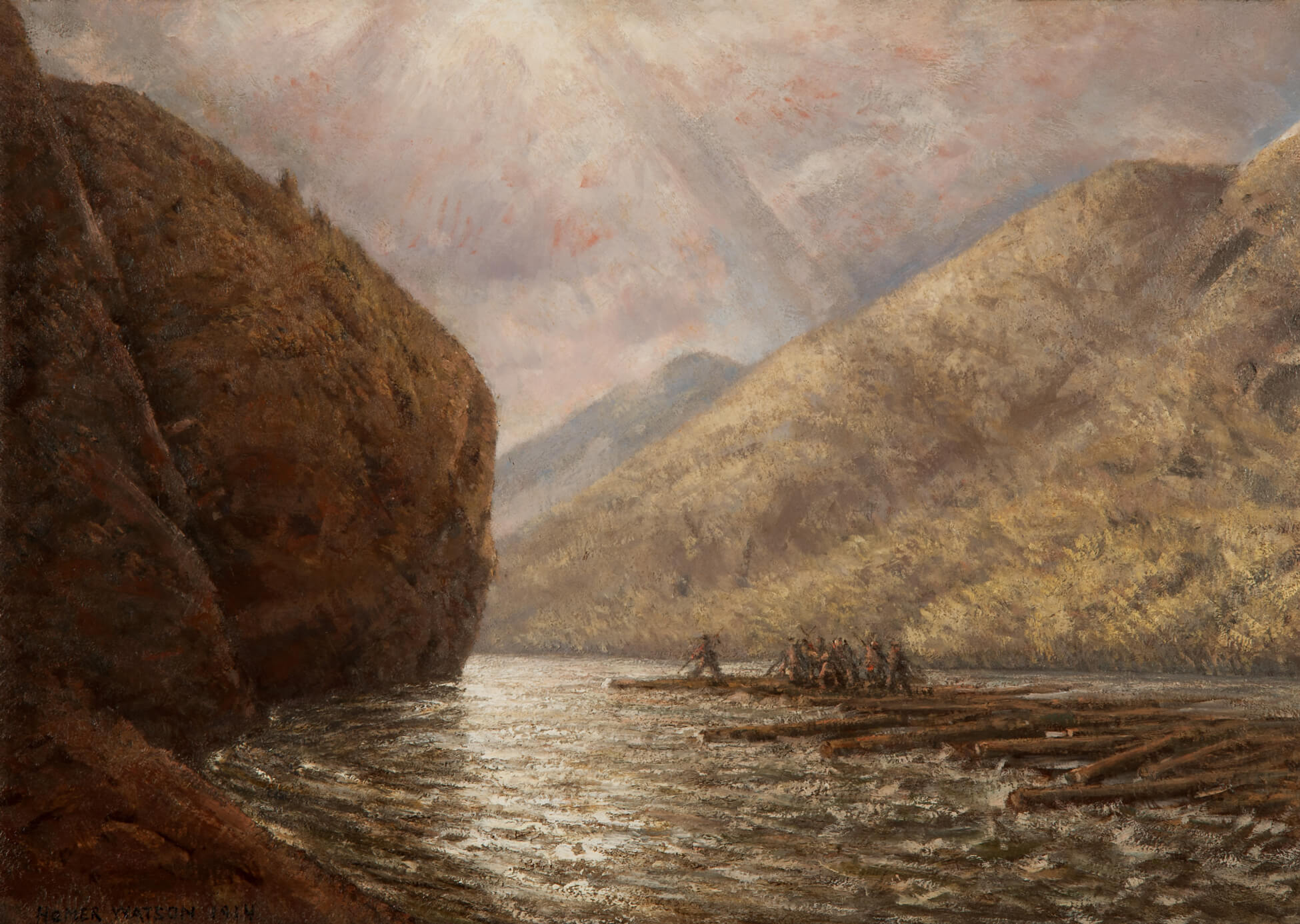
Homer Watson, The River Drivers, 1914, 1925
Oil on canvas, 87 x 121.9 cm
MacKenzie Art Gallery, Regina
The River Drivers is one of a small number of seascapes in Watson’s oeuvre. The painting shows a team of lumbermen driving freshly cut logs downriver between steep cliffs and hills, under a strange and ominous sky. It bears a strong compositional similarity to the earlier Smugglers’ Cove, Cape Breton Island, Nova Scotia, 1909, a painting inspired by a boat trip around Cape Breton Island that Watson made with his Montreal patron James Ross. (Ross owned property and had financial interests on the island.) Looking back over his career in 1922, Watson evaluated The River Drivers as ranking among his best paintings. Yet in 1914, when he completed the first version of it, he had felt “blue about my inability to master the theme in the way it is seen in the vision.”
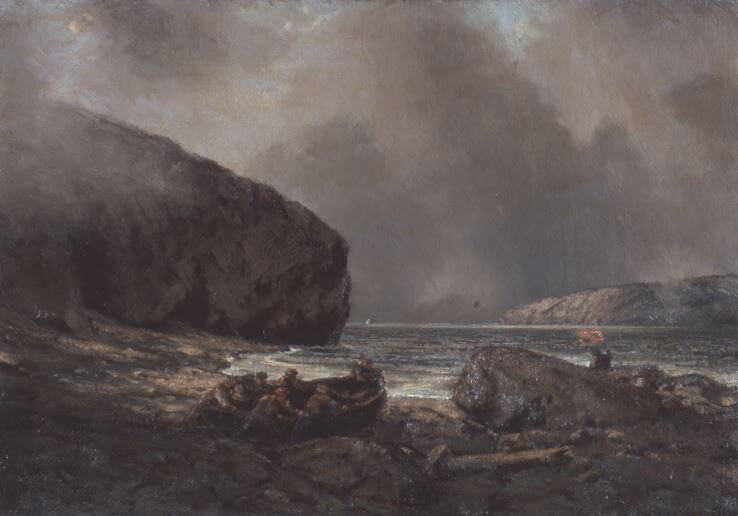
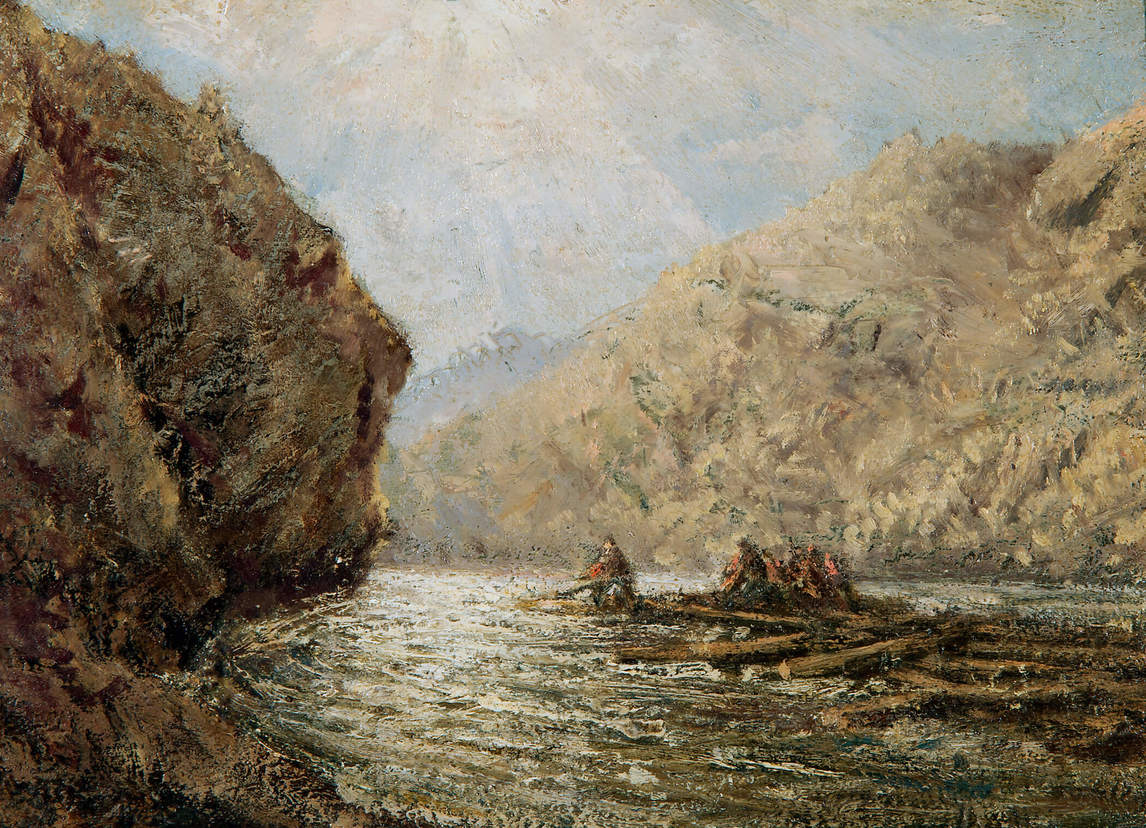
Norman MacKenzie—a Saskatchewan lawyer and a member of the National Gallery of Canada’s board—harboured no such doubts. MacKenzie was an aficionado of Watson’s “heavy style” and of his “natural austerity,” both of which are evident in The River Drivers. He happily paid the purchase fee of $500. Before delivering the painting, Watson gave it exposure by showing it at the Canadian National Exhibition, the Spring Exhibition of the Art Association of Montreal, and the Canadian Art Club (all in 1914), as well as at the 1915 Panama-Pacific International Exposition in San Francisco. The River Drivers’s success in those exhibitions banished Watson’s doubts about its quality. “I thought I was not getting it,” he wrote,
but since it is here [in the Canadian Art Club’s exhibition] and placed in the centre of the wall on the right hand of the gallery—place of honor—I see I builded better than I knew. All my brother artists say it is one of the best things ever done by me. . . . I wish I could have been satisfied with it earlier.
While waiting for the painting to arrive, MacKenzie contented himself with an oil-on-cardboard sketch for the larger version. That study is a rarity in Watson’s work, and adds to the painting’s interest; few other small-scale oil sketches for larger paintings have been identified. When the finished painting finally reached MacKenzie, he was delighted with it. Eleven years later, Watson opted to retouch parts of The River Drivers with lighter colouring, in keeping with his changing palette in the early 1920s, the effect of which was to make details more readily visible. MacKenzie enthusiastically confirmed that he thought the revised image was even more effective than the 1914 original had been: “I agree with you that it is at least one of the best things you have ever done.”

 About the Author
About the Author
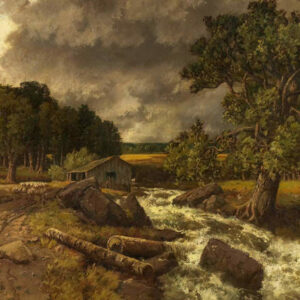 More Online Art Books
More Online Art Books
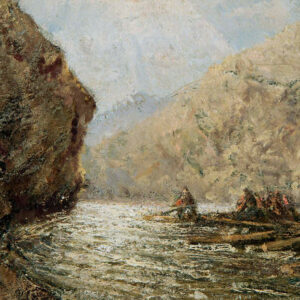 Acknowledgements
Acknowledgements